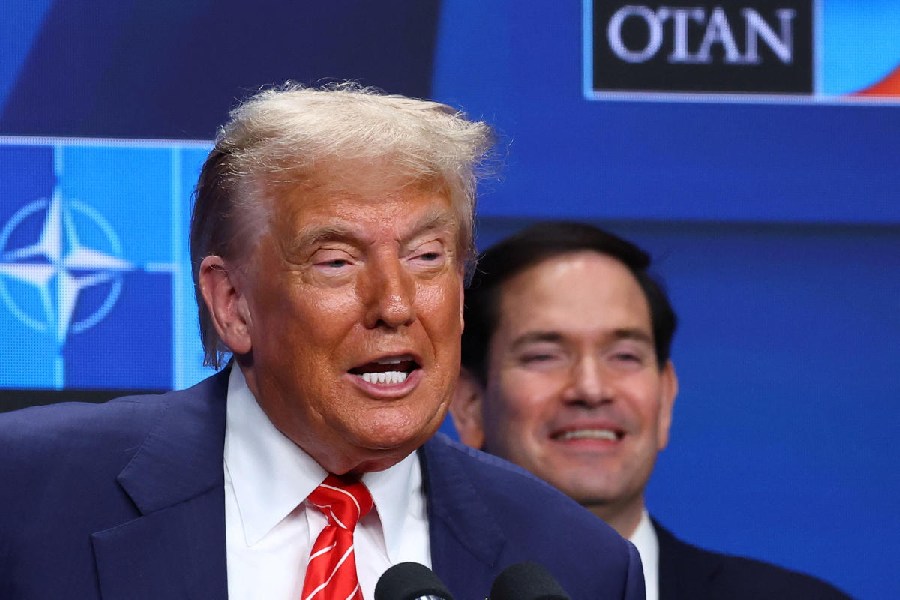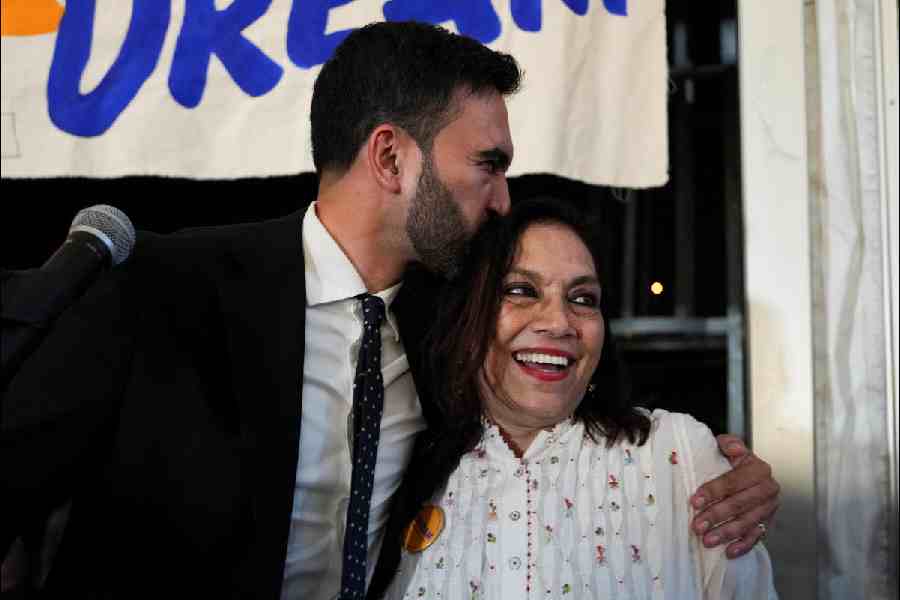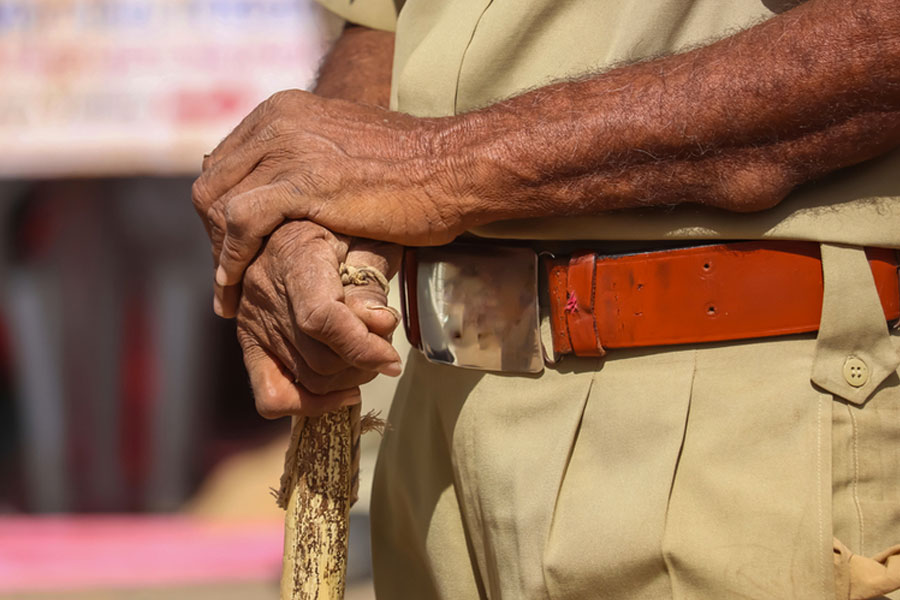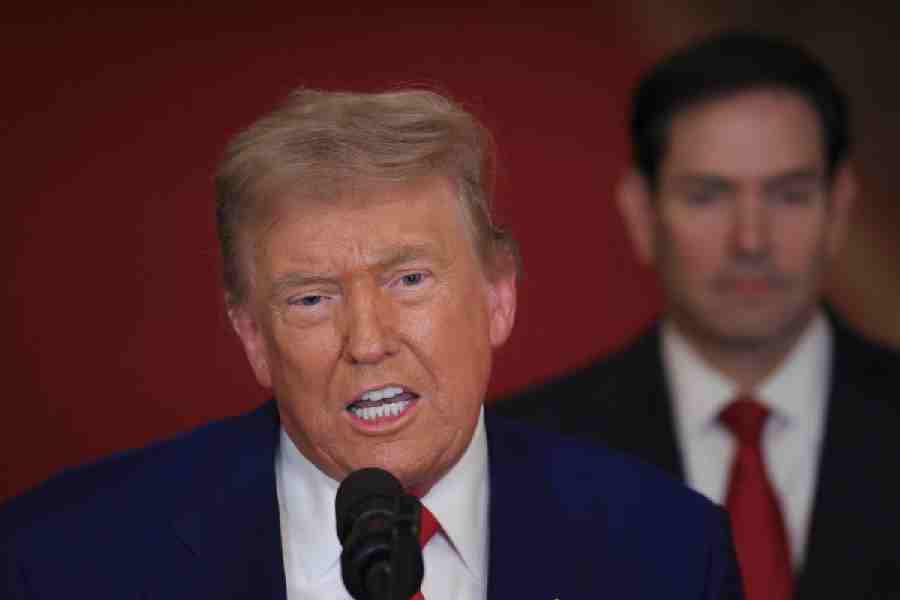
I frequently get invited to speak at various academic institutions in the country, and often, in addition to the 'official' event for which I am invited, I am asked by one or the other of the campus groups to interact with students in an informal setting, where several teachers, too, join in. In the last month-and-a-half, ever since my university, the Jawaharlal Nehru University, has been accused of being a den of 'anti-national' activities, the number of such invitations has increased manyfold and I have also accepted them with greater readiness. Over this period, therefore, I must have interacted with students and teachers in at least a dozen campuses all over the country.
I find everywhere not only an uncompromising opposition to the government's attack on freedom of expression, but also a level of intellectual intensity, social sensitivity, and concern for the marginalized and oppressed segments of the population, the likes of which I have not seen during the entire period of more than four decades that I have been teaching in India. The National Democratic Alliance government's "assault on thought" and insistence on conformism to a Hindutva-dictated weltanschauung has had the very opposite effect: it has unwittingly unleashed a veritable 'cultural revolution' whose initial phase is what we are currently witnessing.
I have despairingly watched over the years generations of students, who, notwithstanding their initial enthusiasm and freshness, get beaten into shape to become commodities for the job market, their social sensitivity and intellectual effervescence squeezed out of them. I have even wondered on occasion about the futility of the entire effort put into years of teaching. Hence what I find in India today is as gratifying as it is remarkable. It suddenly becomes clear that my earlier bouts of despair were misplaced after all.
I would be accused no doubt of 'wishful thinking', of going overboard over a set of events that are only of brief and passing relevance. Two possible arguments would be advanced against my position, each of which emphasizes in its own way the purely transitory nature of the current student resistance. One would state that what has happened till now is just an error of judgment on the part of the NDA, which it will have the sense not to repeat; and once this episode is left behind us, things would be back to 'normal'.
Against this view, however, I would only say that episodes of the sort we have witnessed in JNU of late are not going to be "left behind us", since the Hindutva elements at the helm of affairs are not going to give up easily. It is not just that they are intransigent; in addition, in the midst of the crisis into which the country's economy is rapidly sinking, they have little else to offer to the people other than this kitsch of a bellicose "nationalism". They may become quiet temporarily, but they are not going to abandon their agenda with regard to educational institutions, of removing all intellectual resistance to the marketing of such kitsch "nationalism".
The second argument emphasizes the transitoriness of the current situation for the very opposite reason. It suggests that even though the Hindutva elements will not give up their agenda, the student resistance against it will inevitably crumble. Once the summer vacations come, the crop of Rashtriya Swayamsevak Sangh nominees, who have been placed at the head of several universities, would take disciplinary action against prominent student leaders; and there would be nobody left to protest when they do so, since the students would have all gone home for the vacations. When the new students come in after the vacations, the continuity with the current student resistance would have been broken, and this would prevent a revival of the atmosphere that prevails now.
The series of 'open-air' lectures and seminars on topics relating to different aspects of "nationalism" and "freedom" which have been organized, for instance, in JNU outside the administration building, an area that is now renamed "Azaadi Square", and which have been attended daily by hundreds of students, cannot possibly be a permanent feature. Once this series ends, it would be difficult to revive such lectures and seminars in the new semester, especially when a large body of the current students would have left the university.
This second perception, however, is precisely what I am opposing. The depth and the width of feeling among the students are so great that the current mood will carry over into the coming months. Even in the absence of some current students who would have left the university, others would carry on; and the new students, too, will get infused with the spirit of resistance. It is precisely for this reason that I call what is happening today across campuses in the country the beginning of a "cultural revolution".
To be sure, the term, "cultural revolution", is so closely associated with the events in China a half-century ago, events that inevitably arouse mixed feelings, that my use of the term may suggest that my attitude to the current Indian student resistance is marked by some degree of ambivalence. This, however, is not true. I use the term "cultural revolution" in an entirely positive sense, detaching it from any Chinese associations.
There are, in fact, two striking features of the current student resistance. One is that even though many of its leaders happen to belong to the student organizations of communist parties, they can hardly be said to be 'guided' or 'controlled' in any manner by the party leaderships. We are seeing, in other words, an authentic student upsurge which, even though it is broadly Left in outlook, is independent of and eludes the political Left. It is no doubt supported by the political Left; but then it is also supported by a section of the Congress and by other political parties.
The second feature is that perhaps because of this there is a unity among students, between the Left and the Ambedkarite students, and among the Left students themselves, which one rarely sees in the normal course of student politics. The strength of the current student upsurge owes much to this independence from political parties and to the consequent unity. The vast body of students can express their sympathy for the poor and the marginalized segments of the country's population, without fear that this sympathy will be 'exploited' by this or that group for its own sectional ends. This emboldens the students to express their sympathy, and makes the movement so powerful and attractive.
The fact that students in the most outstanding centres of learning in the country, who would normally be expected to be exclusively concerned with their own careers and hence to imbibe the aggrandizing instincts of the bourgeois establishment they would be hopeful of joining, are currently busy defending the articulation of grievances of people belonging to the outlying regions, which are miles away from the capital, provides immense hope for the future. Indeed, it is the sensitivity of these so-called "anti-national elements" towards the sufferings of the outlying regions that gives one some hope that this nation may yet survive, and not be consigned to the ranks of the numerous "failed States" which dot the third world landscape and towards which the intolerance of the Hindutva "nationalists" would otherwise be pushing it.
One thinks of a "cultural revolution" as being synchronous with a political revolution, or following it after a lag as in China. Hence a "cultural revolution" on its own, when there is no sign of any political revolution on the horizon, may appear odd, rather like a "grin without a cat". But a "cultural revolution" of the sort we are witnessing can be a precursor to a political revolution, preparing the ground for it. Besides, it is an immensely desirable phenomenon on its own.
The obvious lacuna of the "cultural revolution" we are witnessing is that it is confined to the intelligentsia and has not yet struck a chord with the people at large. But one of its important features is that it has been led by students from socially and economically deprived backgrounds like Rohith Vemula and Kanhaiya Kumar. This fact also explains why it has been so visible in public educational institutions: measures of affirmative action, including reservations in admissions, have been operative precisely in these institutions. The capacity of these students to reach out to the larger society from which they come must not be underestimated. I have seen, for instance, how, when Kanhaiya Kumar started speaking (in Hindi) at a Sahmat Convention in Delhi, the hall, till then containing only artists and intellectuals, suddenly filled up with karmcharis and 'ordinary folks'. We are, in short, on the threshold of major developments.
The author is Professor Emeritus, Centre for Economic Studies, Jawaharlal Nehru University, New Delhi









